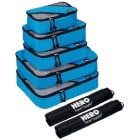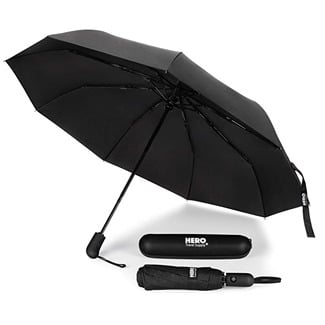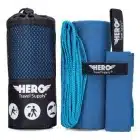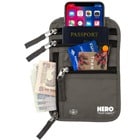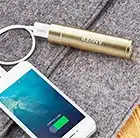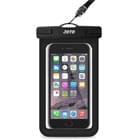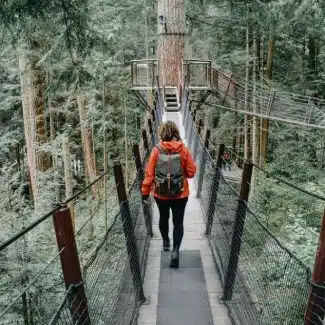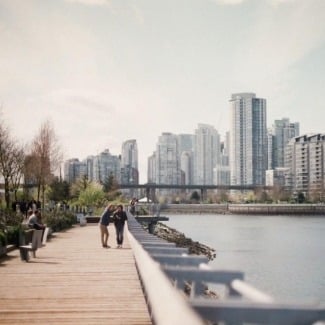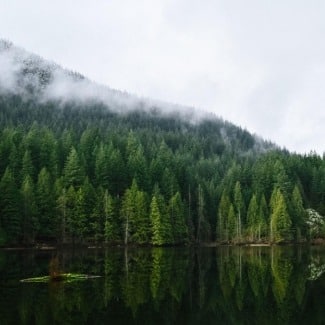Spring – March, April, May
The last month of Vancouver’s rainy season is March, so you’ll want to keep your
rain jacket accessible and expect scattered showers if you’re in Vancouver in April or May. March is quite chilly with a low of 37℉ and a high of 51℉, and you can expect lows in the 50s in April and May, with May getting up to 64℉. A good pair of
wool socks make a huge difference in colder Spring weather.
Summer – June, July, August
It rains the least in the summer in Vancouver, with 1.5-2 inches of rain depending on the month. Temperatures average between highs of 67℉ and 72℉, so while it’s comfortable, you’ll want to pack a light cardigan and have a way to dry off quickly if you decide to go swimming. Summer in Vancouver, B.C., is really lovely.
Fall – September, October, November
November has the most months of rain and snow, with 20 days out of the month on average. September at lower elevations has a low of 52℉ and high of 67℉, while November has a high of 50℉ and dips down to 38℉. Always plan for more layers if you’re headed up the mountain, and take a compact umbrella with you. Snug
fleece jackets can be layered underneath a warm coat and over a workout shirt or
thermal.
Winter – December, January, February
The west coast of Canada is the only place where the average temperature remains above freezing, and that goes for Vancouver, especially, where it doesn’t get below 34℉ on average. You’ll still want to bring a winter coat, a beanie, or ear warmers, and plan for lots of snow with snow boots and thermal underwear if you’re planning on skiing in the mountains.




